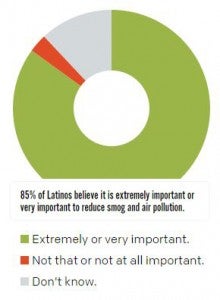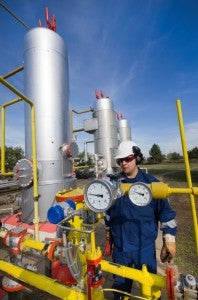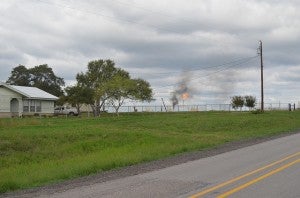By Mark Brownstein and Steve Hamburg
An organization in North Carolina this week asked the U.S. Environmental Protection Agency to examine questions about the accuracy of measurements from a device used in two of the large and growing list of studies published in recent years quantifying the enormous amounts of methane released into the atmosphere by the U.S. oil and gas industry each year.
That long list of studies is a major reason why EPA recently increased its official estimates of industry emissions by 34 percent, and why the agency is pursuing new rules to start fixing the problem. In fact oil and gas methane emissions have moved from obscurity to center stage with remarkable speed, thanks to rush of compelling data.
The particular papers at issue were written by a team of scientists led by Dr. David Allen of the University of Texas. They are among of a group of studies on oil and gas industry methane emissions organized and coordinated by EDF. Possible complications involving a piece of sampling equipment (among several that were used) have been discussed by researchers in both academic literature and the news media for more than a year. You can read the blog that EDF wrote on it back in 2015 here. Read More












 In the summer of 2013, researchers aboard a four-engine P-3 Orion aircraft – a variant of the plane used by the U.S. Navy to track submarines – flew over three of the nation’s biggest shale gas regions, taking measurements that would allow them to estimate the amount of methane leaking from the production fields below.
In the summer of 2013, researchers aboard a four-engine P-3 Orion aircraft – a variant of the plane used by the U.S. Navy to track submarines – flew over three of the nation’s biggest shale gas regions, taking measurements that would allow them to estimate the amount of methane leaking from the production fields below. After months of anticipation, the Obama Administration this month released its new methane emissions strategy – a plan that opens up new opportunities for industry writ large, and especially for operators that want to cut waste and get ahead.
After months of anticipation, the Obama Administration this month released its new methane emissions strategy – a plan that opens up new opportunities for industry writ large, and especially for operators that want to cut waste and get ahead. When credibility is your stock in trade, it’s important to have your facts straight. On Monday, the Wall Street Journal blew it.
When credibility is your stock in trade, it’s important to have your facts straight. On Monday, the Wall Street Journal blew it.